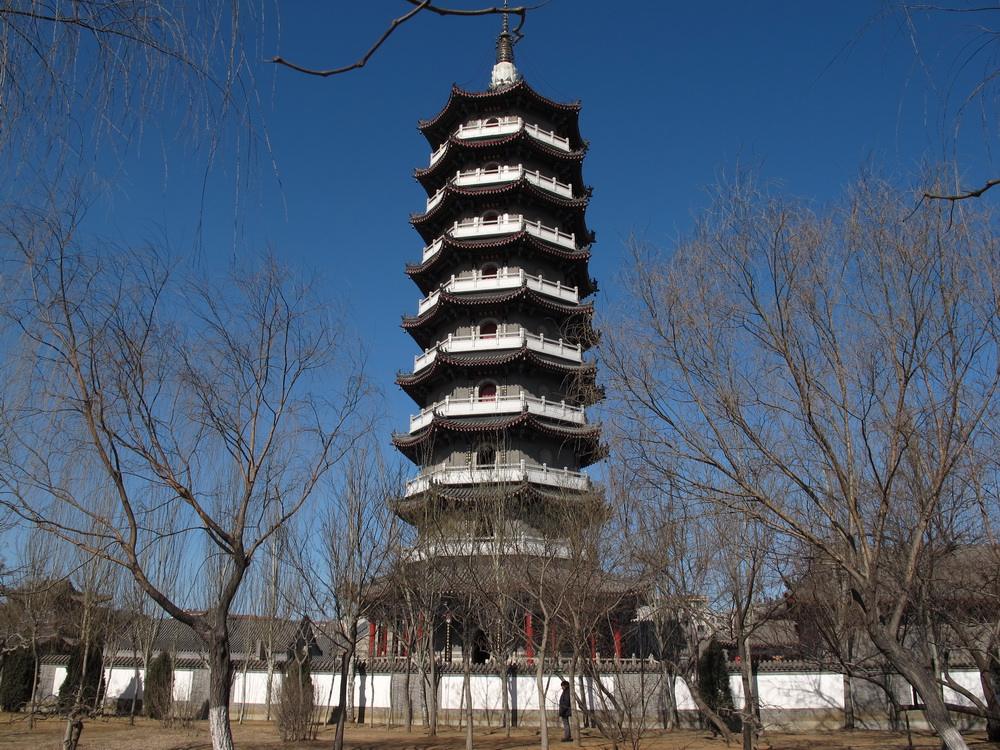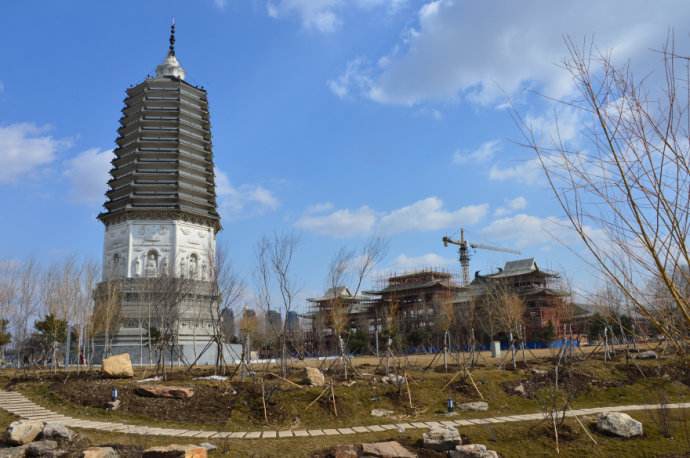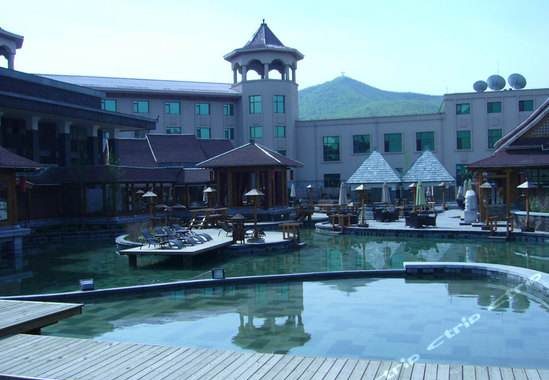Liaoyang Cultural City
2 min readIn Fengcheng,a suburb of Dandong,lies the Dongtang hot springs which were discovered in the early Tang Dynasty. The water can reach as high as 73 degrees Celsius and contains a high level of trace elements.
With a history of over 2,400 years as Northeast China’s oldest inhabited city, Liaoyang of course has a long history.

Liaoyang
With a history of over 2,400 years as Northeast China’s oldest inhabited city, Liaoyangof course has a long history. Many of the sites here are outstanding representations of ancient Chinese culture. In modern times, Liaoyang has become the center of petrochemical production. Today, with the development of the hot springs industry, the rich and varied tourist attractions matched with excellent natural therapies have made Liaoyang an important city.

For what looks like a small city, Liaoyang is dense with cultural sites that are interwoven into many of the most memorable events in Chinese culture. The city was written about as a favorable city as far back as the Tang Dynasty. Liaoyang gained early reputation in 1621 when Nurhachi, who would become the first emperor of the Qing Dynasty, chose this city as an early capital to begin building his empire. The former site called Dongjing or East Capital can still be visited today. With only some of the walls and gates still intact, the Dongjing site still stands as a testament to Manchurian culture. Also built along with the palace grounds of Dongjing were tombs for Nurhachi’s immediate family that can be visited as well.
Where Liaoyang shines brightest is as the home to many temples. One of the six oldest pagodas in China, the Baida White Pagoda was constructed in 1189 during the Liao Dynasty.

Sharing the space next door to the Pagoda is the Guangyou Temple and Square, the central square in Liaoyang. The large Buddhist temple and grounds have existed for almost 1,000 years and have had to be restored several times due to outside foreign destruction. Inside the main temple sits a giant Buddha made of camphor wood, which fills the area with its aroma, and is also gilded with gold. Just behind this giant Buddha is perhaps a more interesting setof sculptures,a detailed depiction of the world of Buddhas, with dozens of statues of varying deities. The Guanyin Temple built during the early Qing Dynasty is also nearby.

